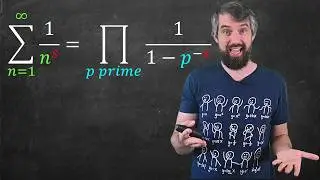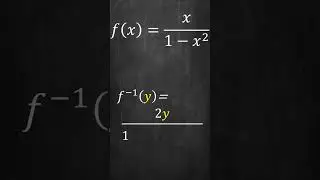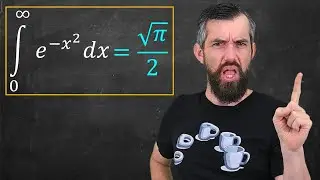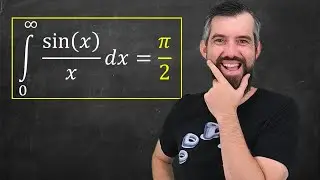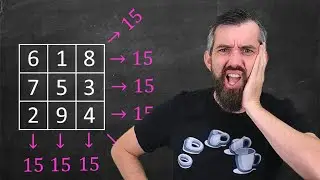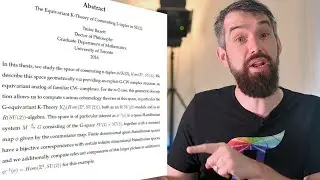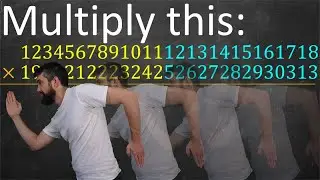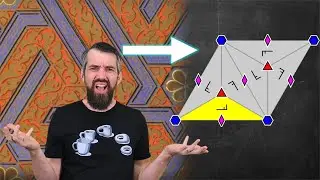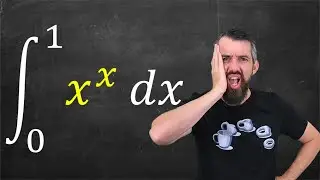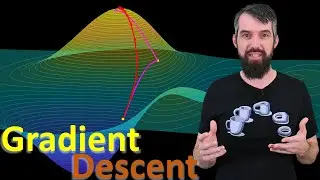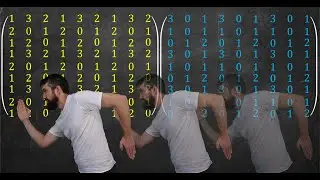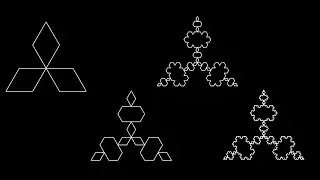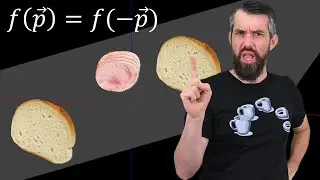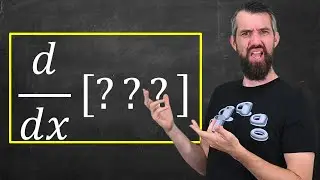Equivalence Relations - Reflexive, Symmetric, and Transitive
A relation that is all three of reflexive, symmetric, and transitive, is called an equivalence relation. Reflexive means that every element relates to itself. Symmetry means that if one element relates to another, the same is true in the reverse. Transitive means that if a relates to b, and b relates to c, then a relates to c. When all three are true AT EVERY POINT then we call it an equivalence relation. For example, equality of numbers is an equivalence relation.
►FULL DISCRETE MATH PLAYLIST: • Discrete Math (Full Course: Sets, Log...
OTHER COURSE PLAYLISTS:
►CALCULUS I: • Calculus I (Limits, Derivative, Integ...
► CALCULUS II: • Calculus II (Integration Methods, Ser...
►MULTIVARIABLE CALCULUS (Calc III): • Calculus III: Multivariable Calculus ...
►VECTOR CALCULUS (Calc IV): • Calculus IV: Vector Calculus (Line In...
►DIFFERENTIAL EQUATIONS: • How to solve ODEs with infinite serie...
►LINEAR ALGEBRA: • Linear Algebra (Full Course)
OTHER PLAYLISTS:
► Learning Math Series
• 5 Tips To Make Math Practice Problems...
►Cool Math Series:
• Cool Math Series
BECOME A MEMBER:
►Join: / @drtrefor
MATH BOOKS & MERCH I LOVE:
► My Amazon Affiliate Shop: https://www.amazon.com/shop/treforbazett
SOCIALS:
►Twitter (math based): / treforbazett
►Instagram (photography based): / treforphotography








